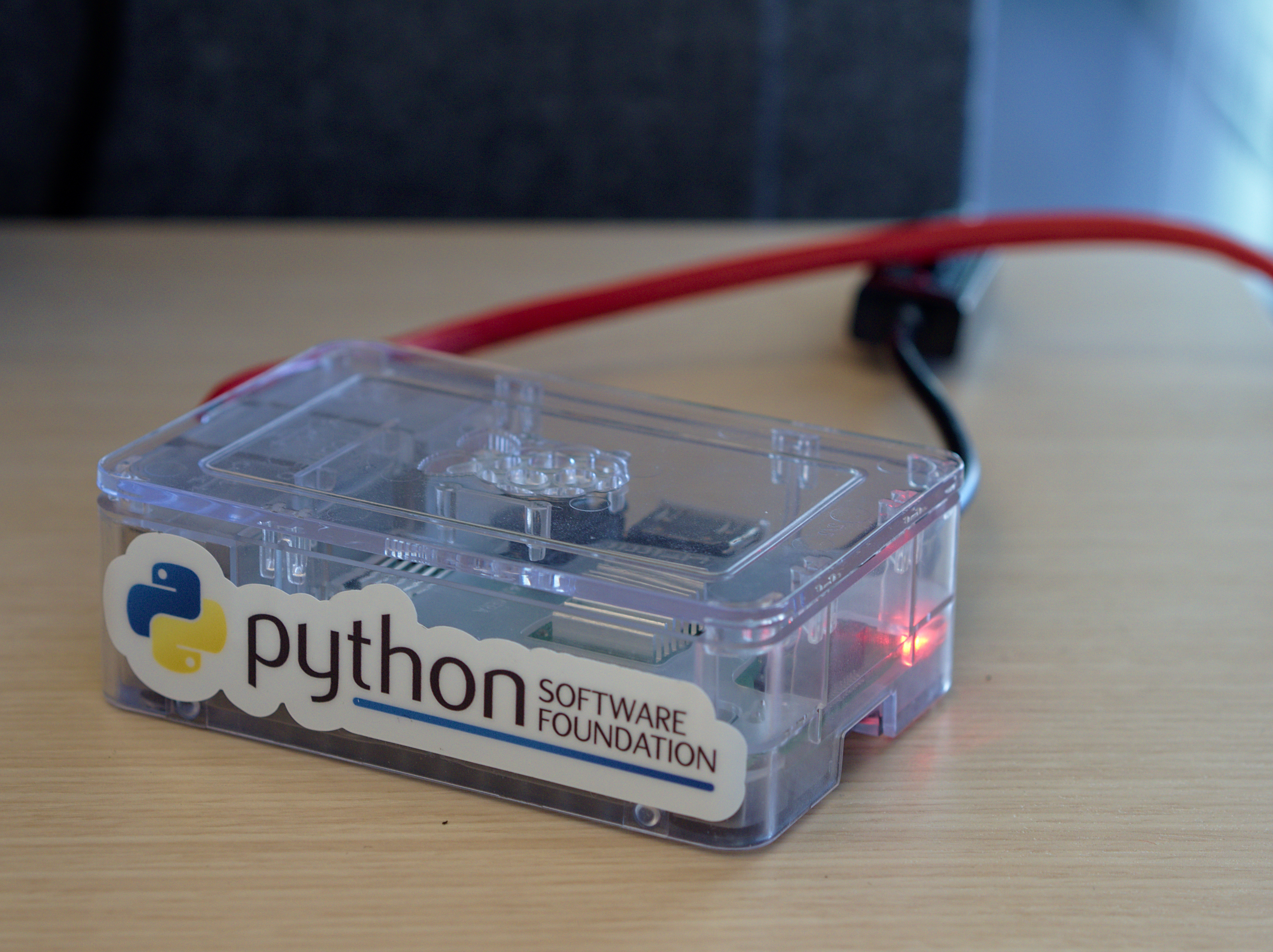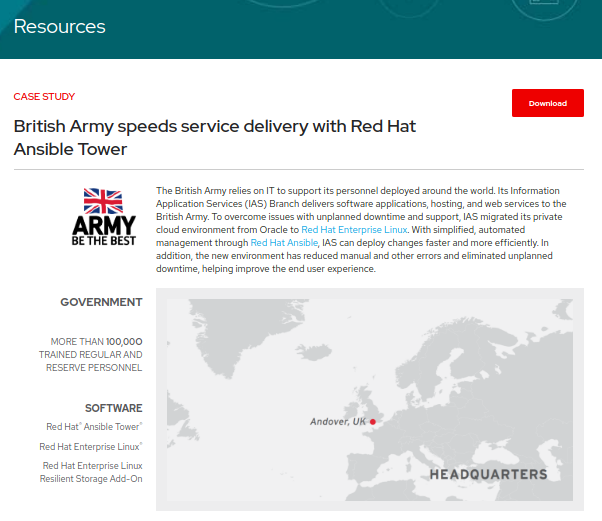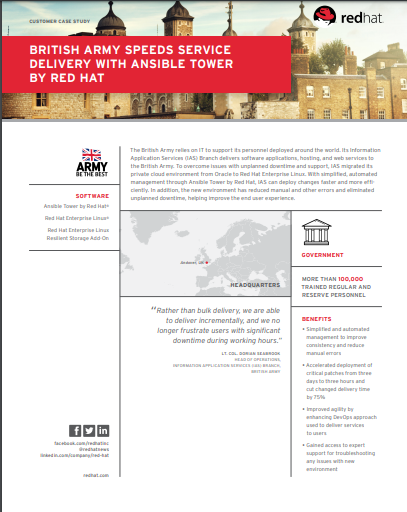The teams that make up the Red Hat Open Studio are stewards of the Red Hat brand and identity. We are also makers, because Red Hat is an open source company, and open source is all about creating things.
Open source is also about hacking together solutions when there isn’t an easy way to solve a problem. The Open Studio Content team took an open source approach to get better at three things:
-
Doing our work: Speed and efficiency.
-
Tracking our work: Measurement and reporting.
-
Improving our work: Optimization and advocacy.
Our goal? To speed up marketing content projects and share consistent performance data across Red Hat so we can reflect on, and iterate on, successful projects—and abandon ideas that aren’t working.
Like many B2B organizations, we had process and technology challenges that got in the way of efficient and transparent marketing. Projects were largely handled over email and performance data was often reported on an ad hoc basis.
The reason for all this chaos was misalignment between our tools. Our marketing technology stack is maturing quickly, but it was disjointed.
Drupal, our content management system (CMS) has different data fields than Adobe Analytics and Salesforce, our web analytics and customer relationship management (CRM) software.
Instead of waiting on custom application integrations, the Content team built a solution to automate project management and join data from our marketing software using Python scripts and open source libraries.
The solution doesn’t require much computing power, so it runs on a Raspberry Pi, a tiny computer that costs less than $60.

Doing our work: Speeding up content creation
Creating and tracking content creation in Rally, our project management software, was manual and inconsistent. We had a hard time communicating with our stakeholders and getting all the right information to edit, design, and publish content.
We knew we had to standardize our information gathering and Rally set up because the process was inefficient and unnecessarily frustrating for everyone.
Our fix was automation using Google Forms and the Rally application programming interface (API). Today, requesters simply fill out a Google Form and submit a draft of their content to the Open Studio team. The form creates a project in Rally that includes tasks for each step in our process, from editing to publishing.
Stakeholders have access to a Google Sheets project tracker, and they get automatic email notifications as their asset moves along. Additionally, they receive detailed performance reports and information about how the asset was promoted 3 and 6 months after the content is published.

Automating our process cut the average time to complete projects from 34 days to 10 days—5 with the stakeholder and 5 with the Open Studio Content and Design teams. The automation is not only efficient, it’s also good for team morale. Red Hat is an open organization, and effective collaboration is critical.
The new process reduces confusion and delays because everyone understands the work they need to get done.
Tracking our work: What content do we have, and how is it performing?
In the past, Red Hat marketers did not have a list of high-performing collateral pieces to share with our audience.
The problem wasn’t a lack of interest in data—Red Hat marketers are eager to use metrics to inform decision making and strategy. Instead, it was a technology problem caused by misaligned tools.
So, the Content team built a comprehensive content inventory using exports from our marketing software and Python-scripted data joins. The inventory is sortable by numerous dimensions like monetary value associated with an asset, relevant products, and common customer challenges.
The inventory includes standardized performance data from our web analytics and CRM software, so we’re able to see organic traffic and conversion data in the same place.
In this way, Red Hat marketers are able to see detailed content information, in turn helping them decide what content to offer our visitors.
Improving our work: Auditing and optimizing our content
Auditing and optimizing collateral
Before the Open Studio hacked together the content inventory, it was very difficult to evaluate outdated or underperforming assets.
Redundant, outdated, or trivial pieces (also called content ROT) remained published, even though they were no longer useful.
In order to ensure that Red Hatters are sharing fresh, relevant information, the Content team audits Red Hat collateral quarterly.
The team assembles a list of pieces that perform poorly and were published more than 18 months ago. Stakeholders affected by the audit use the inventory to collaborate on decisions about what should stay, what should go, and what can be reused.
In the 2 years since the collateral audit launched, the team has archived 1,118 outdated pieces. This approach keeps content fresh and consistent with our overall marketing strategy.
Migrating content from PDF to HTML
The inventory is also instrumental in another project—migrating content from PDF to HTML so it’s easier for our visitors to find product datasheets, whitepapers, briefs, and more. Each week, the Content team migrates top-performing assets that align with redhat.com’s organic search and content strategy.
Migrated assets are still available for download—see this example of a migrated case study.


On average, HTML versions of collateral get 13x the traffic of traditional PDFs and contribute 30% of unique visitors and downloads within the Red Hat resource library.
As a result, the Open Studio team co-creates HTML and PDF content right from the start. It’s clear our visitors want the information our collateral provides, and tracking our content automatically makes it easier for us to fulfill our obligation to be helpful and open with our audience.
Understanding our impact: From tedious tasks to deeper insight
Automating and streamlining the content life cycle from creation to archival allows us to focus on our visitors and their needs. Doing that important work is nearly impossible when the team is mired in manual tracking and email overload.
We had to get creative to achieve our goals, but the success of our project shows the value of using open source tools and collaboration to simplify the complex and open the doorway to meaningful dialogue with our audience.
关于作者
产品
工具
试用购买与出售
沟通
关于红帽
我们是世界领先的企业开源解决方案供应商,提供包括 Linux、云、容器和 Kubernetes。我们致力于提供经过安全强化的解决方案,从核心数据中心到网络边缘,让企业能够更轻松地跨平台和环境运营。

